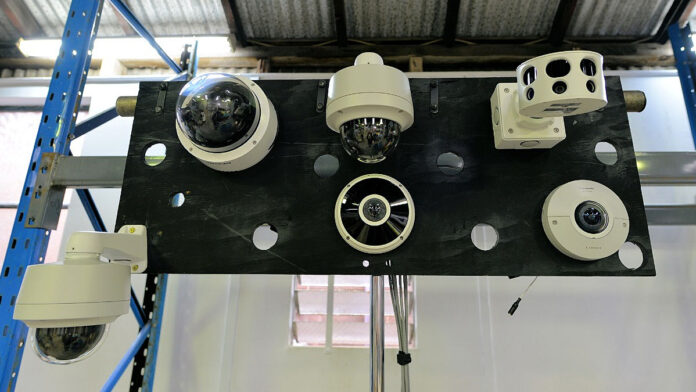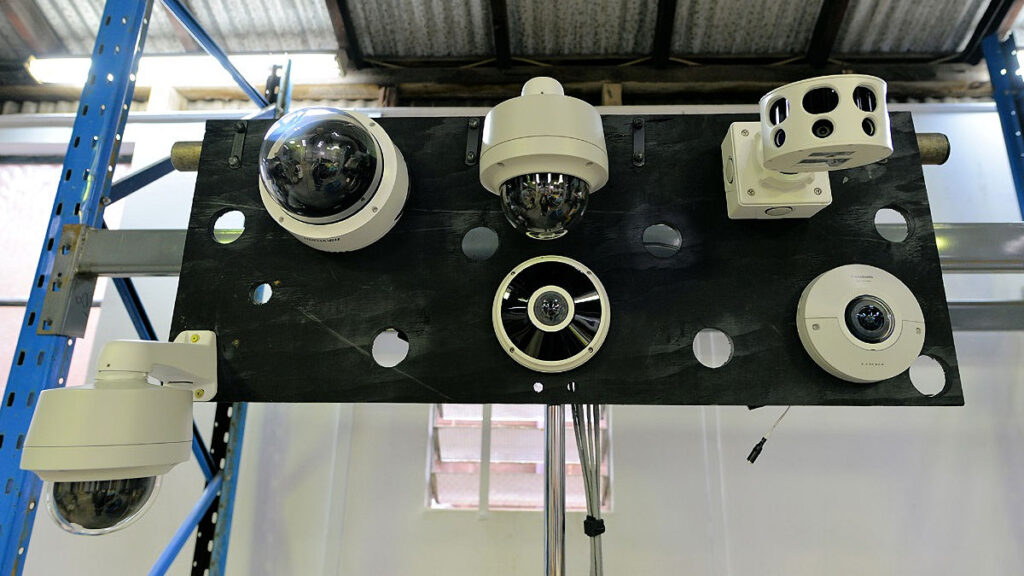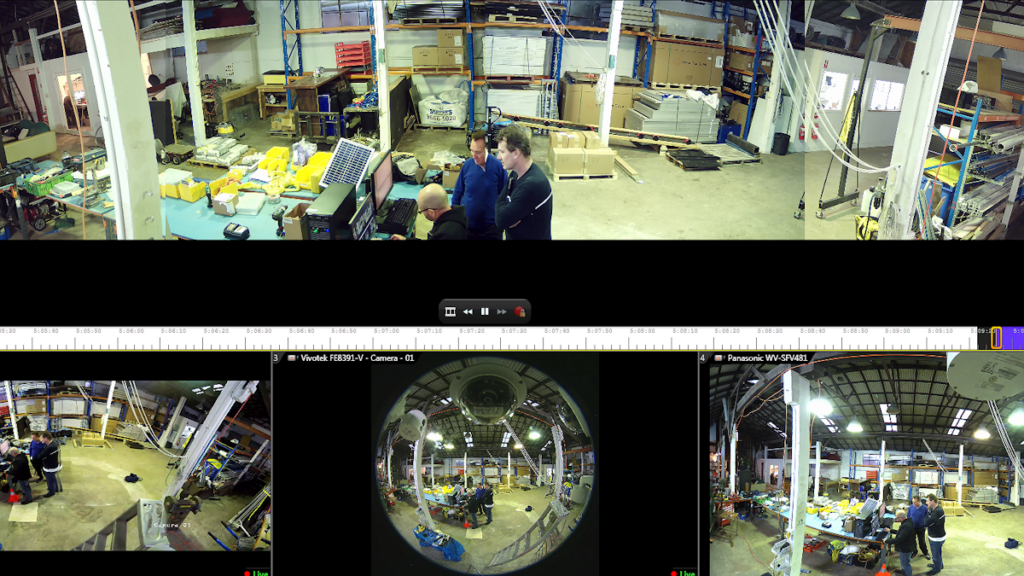Wide Angle Lenses And Pixel Spread – What’s The Best Operational Compromise?
Wide Angle Lenses And Pixel Spread – Do wide angle lenses really spread pixels – what other issues will very wide lenses bring to a scene? Many standard domes seem to have very wide lenses that turn soft in challenging light – is 4K resolution the answer?
A: Wide lens/short focal lengths share the same number of pixels across a very wide angle of view, exchanging high levels of detail in a small part of a scene for huge depths of field and very wide angles of view that offer excellent situational awareness on a single image stream.
This is a balancing act and it’s up to the installer and end user to decide how they intend to address the application. We think the best option is one wide angle camera covering the whole area and one or more cameras at key points in a scene that offer identification/near identification using longer focal lengths. The best wide-angle performance will come from higher resolution cameras.
Very wider lenses give pronounced barrel distortion, stretching the sides and corners of images, they also exaggerate angles between lens and subject, deepen the field of view by making distances appear longer than they actually are, and other weird things that vary depending on lens quality. Wide angle lenses tend to be fast, and their larger apertures can make them better in low light.
We think 4-5mm is optimum at 1080p resolutions within 12m of the lens for optimum face recognition day and night. For deeper fields of view, you may want 6-8mm focal lengths. At the expense of low light performance, 4K changes all this completely. 4K offers vastly superior resolution at focal lengths of 2-3mm and angles of view from 80 to 100-plus degrees. In this regard, 4K is a game-changer.
Wide lenses are best for situational awareness and contextual storytelling in court, giving a good sense of depth of field. However, unless you use higher resolution sensors, image streams will be a little soft on the monitor, softer on digital zoom and there will be distortions outside the centre that will make image streams softer still. As we said at the start, focal length is a balancing act.
Of course, there are specialist camera options, including multi-head cameras and hemispherics. The former offer superior performance – some are outstanding. The latter are best used in close quarters but give complete situational awareness within their operational depth of field. Multi-sensor cameras are increasingly affordable – we notice Milesight (LSC) has just released a new one in the last couple of weeks.
You can read more about lens compression and perspective distortion here, discover the Milesight multi-sensor camera here, or find more SEN news here.
“Wide Angle Lenses And Pixel Spread – What’s The Best Operational Compromise?”













